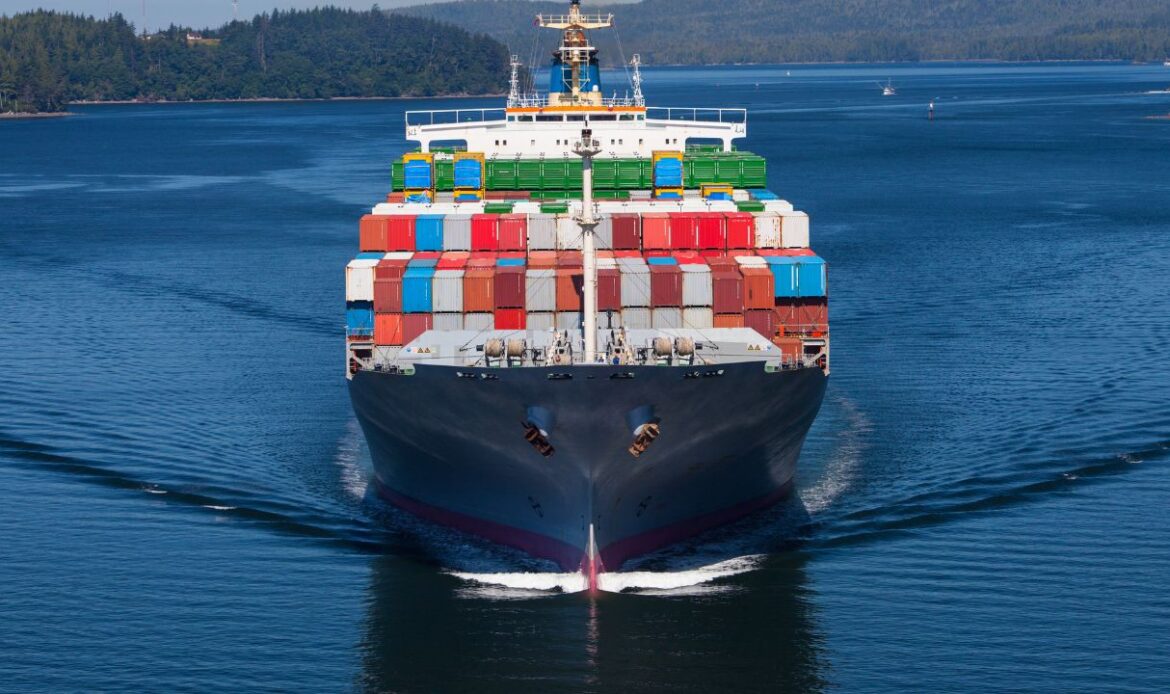
When moving industrial equipment or heavy machinery across borders, the process can seem daunting. International shipping heavy equipment involves multiple factors such as navigating regulations, selecting the right shipping method, and ensuring cost-effective solutions.
Whether you’re shipping heavy machinery for construction, manufacturing, or agriculture, understanding the logistics is crucial for smooth transport. This comprehensive guide will walk you through everything you need to know to expertly manage heavy equipment shipping on an international scale.
What is International Shipping Heavy Equipment?
International shipping heavy equipment refers to the process of transporting large machinery or industrial equipment across countries. This includes items like excavators, bulldozers, cranes, and agricultural machines. Given the size and weight of such machinery, these shipments require specialized freight services and shipping methods tailored to their unique needs.
The shipping industry has various transport services designed to handle heavy equipment. These include roll-on roll-off (RoRo) shipping, container shipping, and flat-rack transport. Each option is tailored to different kinds of machinery, sizes, and budgets.
Key Challenges in Heavy Equipment Shipping
Shipping your heavy machinery comes with a set of challenges. The following are the most common obstacles and how to overcome them.
1. Regulations and Documentation
Every country has specific rules for imports and exports. Shipping heavy machinery internationally means wading through a sea of paperwork, including customs declarations, shipping quotes, and permits.
Missing even one document can delay your shipment. Engaging with freight services experienced in international transport is critical to navigating these regulations seamlessly.
2. Proper Handling and Packing
Heavy equipment is bulky, often irregularly shaped, and fragile in certain parts. Improper handling during the load and unload process can lead to costly damages. Always ensure machinery is disassembled where possible and secured using specialized shipping solutions such as reinforcement braces and heavy-duty pallets.
3. Choosing the Right Shipping Method
Different freight shipping methods suit different types of heavy equipment. For example, roll-on roll-off shipping (RoRo) is perfect for vehicles and wheeled machinery, as the equipment can roll onto and off the carrier. On the other hand, flat-racks are ideal for oversized items. Choosing the correct method minimizes risk and ensures an efficient process.
Shipping Methods for International Transport
Selecting the right shipping method is pivotal. Here are the top methods used for heavy equipment shipping.
1. Roll-On Roll-Off (RoRo) Shipping
RoRo shipping is widely used in the shipping industry for equipment that can be driven or towed. With this method, machinery is rolled directly onto the ship, secured during transport, and then rolled off at the destination.
This cost-effective method eliminates cranes and complex loading equipment, making it an excellent option for many industrial equipment shipments. However, be mindful that RoRo works best for functional machines with wheels or tracks.
2. Container Shipping
For smaller heavy equipment, container shipping offers a secure and weather-resistant way to transport your machinery. Containers come in standard sizes, such as 20 or 40 feet, and protect your equipment fully enclosed. However, large equipment may be challenging to fit into a container, requiring disassembly beforehand.
3. Flat-Rack Transport
Oversized machinery or industrial equipment that cannot be disassembled often utilizes flat-rack transport. These open platform containers accommodate over-dimensional loads, simplifying freight services for cumbersome or weighty items.
Flat-rack solutions provide flexibility and are often used when shipping your heavy machinery via international transport. However, they require skilled handlers for load and unload operations to avoid damage during transit.
4. Air Freight for Shortened Timeframes
Though costly, air freight is the quickest option when timing is critical. This shipping solution is ideal for smaller machinery or emergencies. It’s often used in sectors requiring real-time deliveries.
5. Breakbulk Shipping
Breakbulk shipping involves shipping machinery individually rather than as part of a consolidated container. It’s suitable for oversized or irregularly shaped equipment but requires detailed coordination within a global network of transport services.
Steps to Prepare for International Heavy Equipment Shipping
Preparation is key when shipping heavy machinery overseas. Follow these steps to ensure a seamless process.
1. Get an Accurate Shipping Quote
Before committing, request a shipping quote from reputable freight services. Quotes should include all costs, such as transit fees, customs charges, and insurance premiums. Comparing several quotes can help you identify the most cost-effective option.
2. Select the Right Freight Shipping Provider
Pick a provider with expertise in heavy equipment shipping and international transport. Experience in handling industrial equipment ensures they’ll know the best solutions for your unique needs.
3. Disassemble When Possible
Transporting machinery in smaller parts often reduces freight costs while making equipment easier to load and unload. Securely package disassembled components, labeling each for efficient re-assembly upon arrival.
4. Secure Insurance for Peace of Mind
Shipping your heavy equipment without insurance is a risk. Damage, theft, or loss can occur during international transport. Partnering with a shipping provider offering comprehensive insurance coverage is a smart choice.
5. Comply with Customs Regulations
Thoroughly research customs requirements of your destination country. Verify import permits, tax laws, and prohibited items to ensure compliance. Many freight services offer customs clearance assistance as part of their shipping solutions.
Best Practices for Cost-Effective Shipping Solutions
International shipping heavy equipment often incurs significant costs. Follow these expert tips to save on expenses without compromising the quality of your shipment.
- Consolidate Shipments: Whenever possible, combine multiple items into one shipment to save on freight services costs.
- Choose Offshore Loading Ports: Use ports with affordable fees for loading and unloading your machinery.
- Schedule During Off-Peak Periods: Off-seasons in the shipping industry can mean reduced rates for transport services.
- Negotiate with a Global Network Provider: By choosing a provider with a vast global network, you’ll likely gain access to discounted shipping solutions.
- Use Real-Time Tracking Tools: Tracking ensures you’re promptly aware of any delays or issues, helping to keep plans on schedule and expenses under control.
The Future of Freight Shipping for Heavy Equipment
The shipping industry is continually evolving, creating more efficient and sustainable methods for transporting heavy machinery. Options like autonomous ships, eco-friendly fuels, and improved load-and-unload automation are shaping the future of international shipping. Staying informed about these innovations allows businesses to adopt cutting-edge shipping methods for smoother and more efficient results.
Final Thoughts
Shipping heavy machinery overseas can be simple. Know your equipment’s needs, pick the right shipping method, and plan ahead. From cost-friendly roll-on roll-off to flat-rack transport, working with experienced freight experts makes the process smooth and easy.
Are you ready to ship heavy equipment overseas? Visit Universal Relocations to get reliable, efficient, and tailored shipping solutions for your needs.

 800-13-7356
800-13-7356
